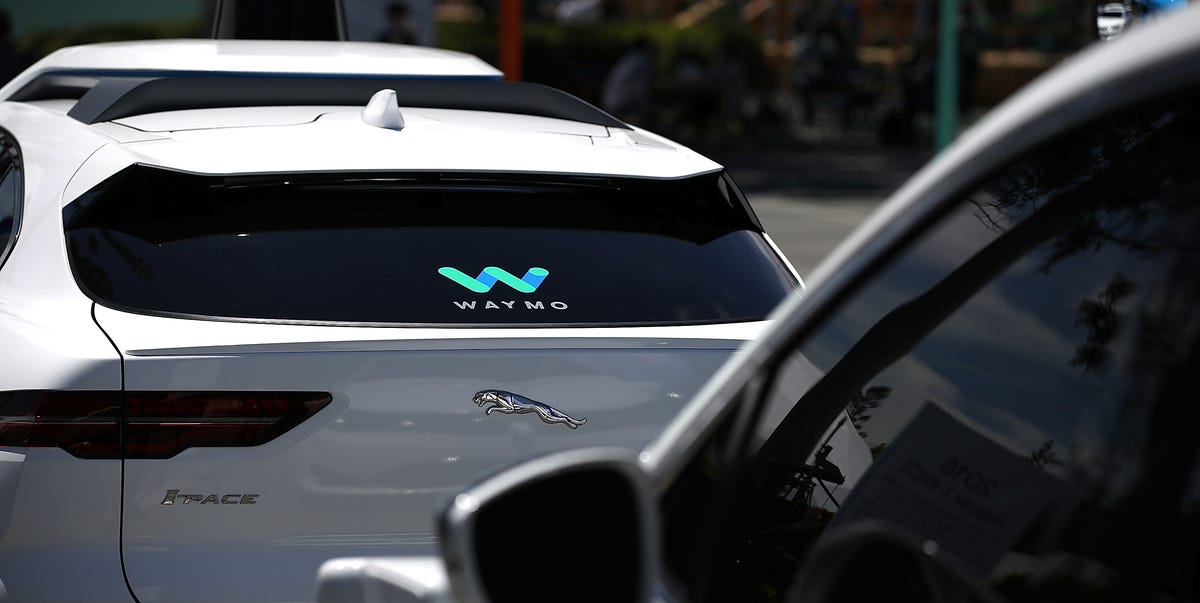Knightshade
Well-Known Member
Really it depends on what you're trying to do.
I mean, Waymo probably has more real world data on Chandler Arizona than even Tesla does- so as long as they only want to keep offering service there they're good to go.
Scaling though- not so much.
I mean, Waymo probably has more real world data on Chandler Arizona than even Tesla does- so as long as they only want to keep offering service there they're good to go.
Scaling though- not so much.




